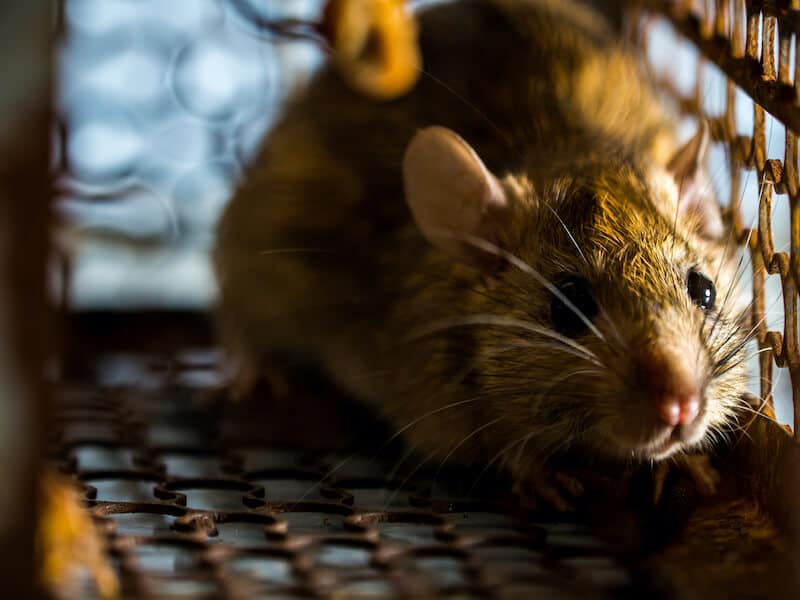Rodents will burrow or travel long distances to obtain food and find shelter.
Roof rat behavior.
While casual observations of roof rats or native rats can.
The main signs of roof rat infestation mentioned by the city of phoenix water services department are.
They reproduce quickly are resourceful scavengers and protect themselves when attacked.
Roof rats can travel in many different ways to new homes.
These rats can also transmit rat bite fever through bacteria in their mouth.
Roof rats are primarily nocturnal meaning that they sleep during the day and become active seeking food and water after dusk.
According to the city of tempe rats move 200 300 feet at night and are most active in the cooler months of the year.
They often live above ground in attics or trees and travel down at night to find food sources.
This makes traditional baiting and trapping on the ground or floor a bit trickier.
Roof rats are fearless climbers as well being able to survive a fall of up to fifty feet.
Sounds coming from the roof or attic are the surest indication of the roof rat infestation.
Damaged fruits or nuts.
Ecology of roof rats and native rats.
They ll move along power lines and can climb up brick and stucco.
These rats can also transmit rat bite fever through bacteria in their mouth.
These ecological and behavioral differences are important to consider when identifying a pest rodent and implementing.
These rats are known to leave behind signs like.

